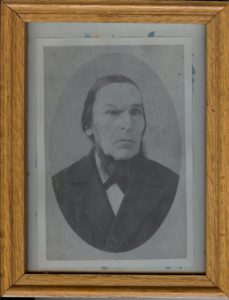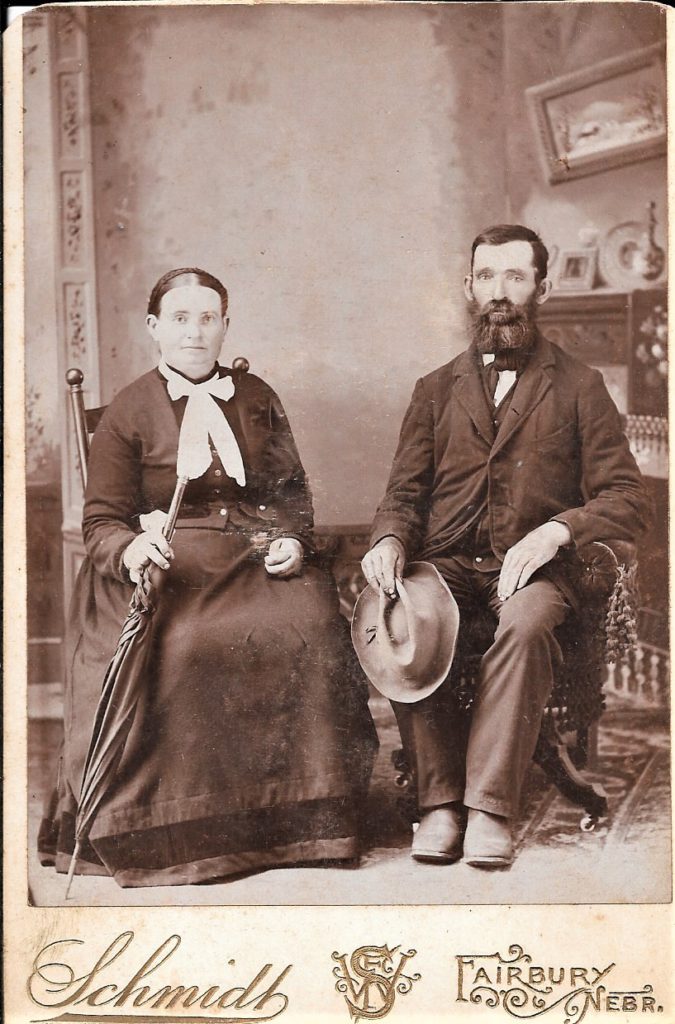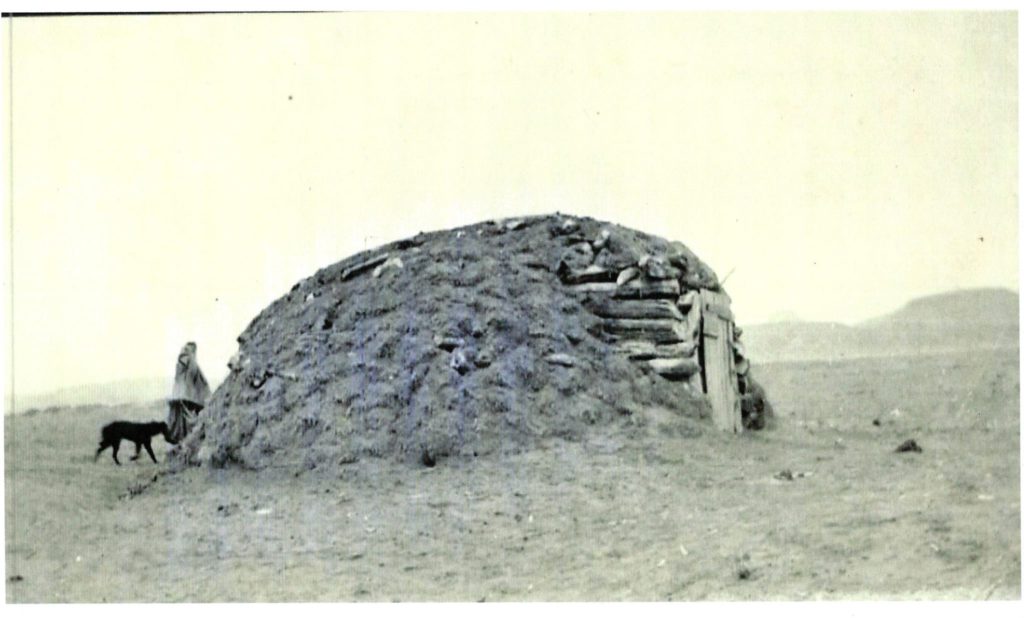The NUTSCH name is fairly rare in the United States. According to Google there are only 533 people in the United States with that surname. I find that a bit hard to believe but Google knows everything! When doing a google search for the name very little comes up. “OUR” Nutschs in the United States mostly started out in Washington, County, Kansas. Let’s take a leap to the other side and talk about our Nutsch family a bit.

Johann and Marie (Mueller which is sometimes changed to Miller) lived in Ohlau, Schlesien, Prssia, near the rest of the Nutsch Clan on the Oder River. This area today lies within the boundaries of Poland. Does that make us Polish? Most will say no…we are German.
The research and documentation of cousin Phyllis Reedy James gives us some insight on our Nutsch family back to Germany.
“Before 1740 Schlesien belonged to Austria, after 1740 this area belonged to Prussia. Prussia was very militant and there were many wars, most of them religious. The men were forced to serve in the military, and the soldiers were treated very badly. Beatings, confinement and unreasonable requirements were the norm. Generation after generation of these conditions caused many young men to leave their homeland in search for better conditions. Some were fortunate enough to be able to bring their families with them, while others fled for safety and sent for their families later. These people were willing to endure the hardships and difficulties of a strange land, with a strange language, rather than remain in their homeland under those conditions. Some immigrants made their choices to leave based on personal survival, while other’s choices were based on protecting their sons from the military draft and the hope of providing a better opportunity for their sons and daughters.
These were difficult decisions to make, leaving everything behind and starting over in a a new land with little or nothing. The passenger list of our ancestors show that they all came”Steerage” in the mid to late 1800’s, “Steerage”meant: literally the lowest decks of a vessel above the actual bilges. The following description was taken from a report to a congressional committee by the demoralizing… hunger, lack of privacy, and generally uncomfortable and unsanitary conditions…Sleeping quarters are compartments accommodating as many as 300 or more persons each…The berths are in two tiers and consist of iron frame work containing a mattress, more often a life preserver as a substitute and a blanket”.
This berth, “6 feet long and 2 feet wide”, had to accommodate the traveler and all his or her luggage, as well as provide sleeping facilities for a voyage of some seven to seventeen days. (Our ancestors were fourteen days aboard their vessels.) No place was provided for eating utensils, which most passengers had to provide for themselves. Wash basins were too few and the rooms too small to accommodate the number of basins. The only water available for general use was cold salt water, with perhaps only one warm-water faucet. “The food was usually spoiled by being wretchedly prepared, and all too often the food was old leavings (leftover) from the first and second galleys.” The conditions endured by passengers had improved very little since 1820.

In April 1866, at the age of 21, Gottfried Henry Nutsch was the first of Johann and Maria’s children to leave Germany. During the next fourteen years he survived many hardships, married and built a small dug out home for his family on his homestead in Kansas. Gottfried applied for U.S. Citizenship in 1877. This was necessary in order to help his brothers and sisters come to America.

Albert, Robert I, Joseph, John, Mariea (Nutsch), Robert II and Emma
May of 1880, Gottfried’s sister Mariea, and her husband Robert Seidel I, arrived at Gottfried’s home with their 11 moth old daughter, Emma. Gottfried and his wife Barbara had three children under six years old, and the eight of them were living in this dug out home. The winters in Kansas were cold, the dug out was damp, and out on the prairie, medical facilities were non existent. Mariea and Robert’s daughter, age 1, died of pneumonia in November (found in their bible records.) Gottfried and Barbara’s one year old daughter also died that winter. (Her exact date of death is un known.)

December of that winter (1880), Gottfried’s brother John Frank II and his wife Pauline arrived, bringing four children, ages 9 and under , with them. Gottfried’s brother Paul, Age 15, also came with John and Pauline. They all lived with Gottfried and Barbara that winter. There was also a man by the name of Joseph Hellman that came on the same ship with John II and Pauline. Oral history, tells us that he could possibly have been a cousin to John Nutsch. Joseph Hellman remained in New York, married and later moved to Washington County, Kansas.
There were 14 or 15 people living in that two room dug out. These four Nutsch children were united for Christmas that year for the first time. No records have been found confirming John Nutsch’s II middle name was Frank, but his grandchildren believe this to be correct. In the spring of 1881 the Seidels and the John Frank Nutsch II family moved to another farm.
Gottfried’s sister Anna and her husband Michael Karl arrived at their home in April of 1881. It is not known how long Anna and Michael stayed with Gottfried and Barbara before they moved to their own home.
February 1882, their brother Frank and his wife Bertha arrived with a one year old daughter. Frank and Bertha went to the home of John and Pauline.

It wasn’t until June of 1884 that Johanna and her husband Franz Sohofsky and their three children arrived in Kansas.
Seven of Johann and Maria’s eight children made it to America. Their daughter Rose, married to a military officer, Johann Weinert, remained in Germany. Five of these seven came over on the ship Lessing. Anna and Michael came on the Wieland and Gottfried came on the Athena. All seven settled in Washington County, Kansas.

Some of them eventually learned to speak English and some never did. Their first homes were one or two room dug outs. . These first dug out homes were constructed by digging back into a hill, always facing east, with bracing’s made of timber to support the walls. The roof was covered with sod, and the dirt pushed back up to the side walls. The two rooms, consisted of one area in the front for eating and dining and a separate area, further back into the hill, used as the bedroom.
Prairie fires were common during those times, and several stories have been told, of placing the oxen on top of the dug out’s sod roof (no grass) to protect them from the fire. This area was sparsely settled, and it was a long distance to town for supplies and to attend church. Some went to Fairbury (about 15 or 20 miles) and others went to Hanover or Lanham, (Kansas/Nebraska) Lanham is a town that is located on the state line, with Main street on the state line. The Catholic church is on the Nebraska side. Those born on the south side of Main street were recorded in Kansas records. The summer of 1885 some property was donated for the purpose of building a church and cemetery. In 1886 and 1887 a group of families built a church on that property. The name given this church was St. Peter and Paul Catholic Church. All seven of these Nutsch brothers and sisters are buried in the St. Peter and Paul Cemetery. Since this was centrally located, the church and cemetery have withstood the test of time and are still being used today.”
I hope you enjoyed this introduction to our Nutsch Family! Stay tuned …there is more to come.
Please let me know your thoughts in the comments below!
Happy Hunting!
The Pierce Family Historian
